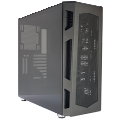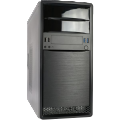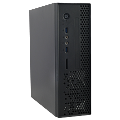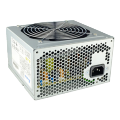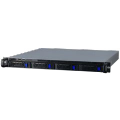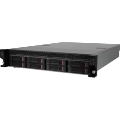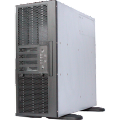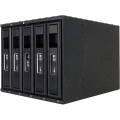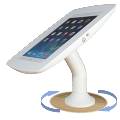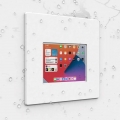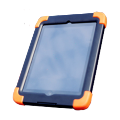How to Choose a suitable Computer Case

With PC parts diversified, many people who are not satisfied by the suit machine now consider building their own PC.
Thanks to the quick development of the ecommerce, buying parts is more convenient than before: Consumers need only few clicks to find and order the parts they want from the online shop like Amazon, New-egg, BestBuy, Etc., and the parts will be sent to their door in few days. They don’t need to drive miles away to the shop and take a lot of time anymore to find just few parts, which sometimes is just an effortless and time-waste journey when you can’t find the parts you want because kinds of reasons like the parts just sold-out, the shop didn’t order, or just not arrived yet…. What’s better, they can feel free to compare the specs and find as more as possible until they find the most suitable one. Buying and compare parts is not a nightmare anymore.
Building the computer is also easy. The related building guides are easy to fetch. You can find them on the brochure with the parts you bought or by searching on the internet in the form of article or video. It is not difficult to assemble your favorite parts into a complete system.
However, besides finding suitable parts, how to find a suitable case which can properly contain the components without any interference is sometimes the most crucial part. Many people spent money buying the gears but find their case is inappropriate when assembling. Common issues including fail to install the motherboard, fail to install the power supply, fail to install the CPU cooler, fail to install the GPU cards, no space for hard drives, no space for cooling kits, and no space for cable routing.
To help avoid those common problems when assembling the system, we list the specs you should check before selecting the case. Hope this guide can diminish the failure when building your favorite machine.
- Space
- Motherboard form factor
- CPU cooler Height
- Graphic card Length
- Cooling systems
- Power supply type
- Number of drives
Space
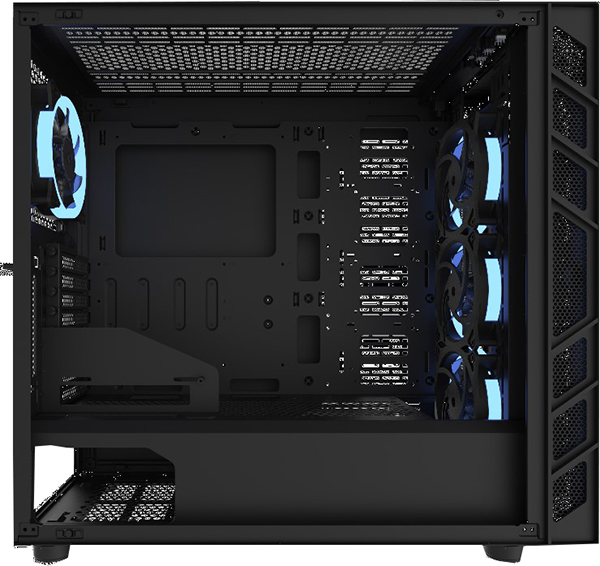
It is important to know where you want to place your system. It may be on the desk, may be in the living room, or may be in the bedroom. The place will determine the size of your system and the size will be the restriction which will affect all other components inside the system. In general, bigger case will always have better compatibility to the hardware.
However, not everyone has the space to install the big system. Be sure to do the measurement at the site before you buy the case, just buying a new furniture.
Motherboard form factor
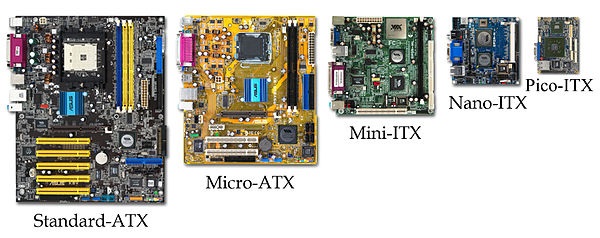
The motherboard is the core of a PC system. It is reasonable to start from here when you plan your machine.
According to the size, it can be classified into ATX, micro ATX, Mini ITX, from big to small. Besides the basic form factors, there are other derivatives like extended-ATX, a form factor bigger than ATX, and thin Mini ITX, nano ITX and Pico ITX which are smaller than the Mini ITX. Because it is size related, the form factor will directly affect the case you should choose.
Most case provider will show what kind of motherboard the case can support. However, sometime the information is not so obvious. They’ll use some commercialized term to describe the case like full tower, mini tower, SFF case, or compact case. When you see the terms without any additional spec list, just remember bigger board always needs bigger case. Normally, the full tower case supports ATX and micro ATX board. Some can support up to extended ATX. The mini tower and the SFF case will support micro ATX and Mini ITX boards. The compact case or mini or tiny case support only Mini ITX boards. Follow this principle, you can find the suitable case for you.
CPU cooler Height
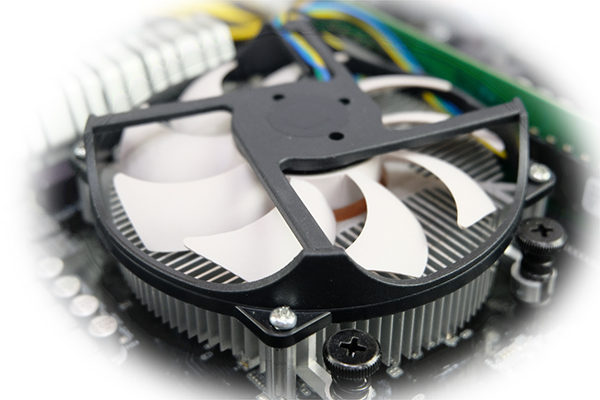
CPU is the heart of the system. Some players love to start building their system from here.
Many people like to compare the important spec like core number, core frequency, and the cache or manufacturing process to choose the most suitable CPU.
However, besides those important core specs, the TDP of the CPU is also worth noticing. The TDP is the power the CPU will consume. It will directly affect the PSU you should buy and the cooler. The CPU with higher TDP will need more powerful power supply and will need bigger cooler to help dissipate the heat.
The design of the CPU also matters. The CPUs on the market mainly come from the two big companies: Intel and AMD. Generally, the Intel CPU will have better thermal management because of its architecture. Hence, under the same TDP performance, the AMD will be hotter than the Intel, which means you must find a better cooler for the AMD CPU.
Whereas, for the coolers, better cooling ability always comes with bigger size. Please keep in mind the height of the CPU cooler the case supports. It is usually noted as the CPU clearance zone. Better to find a case support much higher cooler than your choice.
If you buy a wrong case, you may not only face limited performance, but also the annoying interference problem.
Graphic card Length
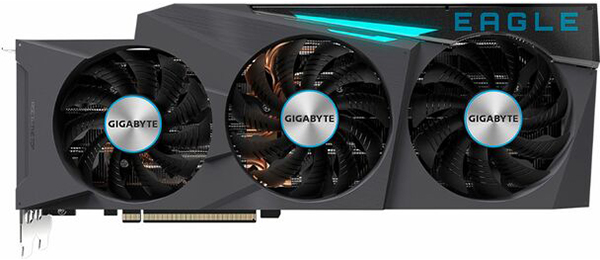
With the rise of the live streaming and the burgeoning PC gaming market, the need for the GPU card grew in fold during the past years. Many people start thinking to upgrade their old system to the one with better graphic card.
However, with the performance of the graphic card increased rapidly, the size of the graphic card also grows at the same rate. It is never a PCI card in general size, but a card in monstrous size with staggering coolers and enclosure. People usually find their original case is not suitable to contain this beast anymore and have to find a new one.
Fortunately, the only factor of the graphic card that affects the case is the length. Because graphic card has become a popular part for the computer builders, most current case companies will list the length of the graphic card on the spec. You can easily find the information from the product page.
If you can’t find the information, you can check the interior size of the case. Remember to leave the room for the HDD device and the connectors from power supply to both the card and the HDD device. You shall find the correct case by this way.
Cooling systems
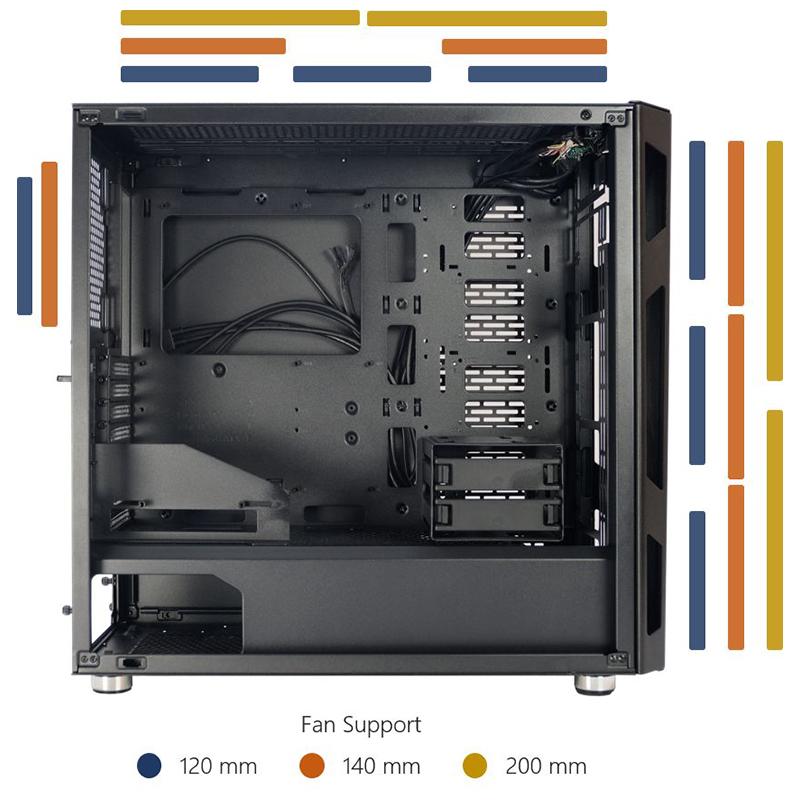
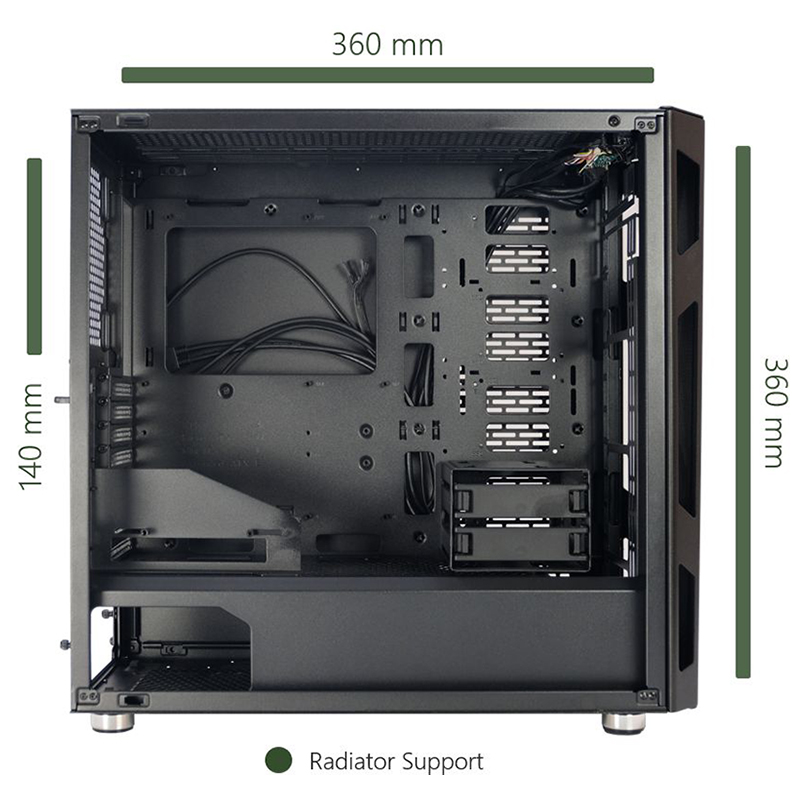
To deal with the heat from the CPU and the GPU, especially for high performance system, the additional cooling system is needed besides the must have CPU cooler and the stock cooler come with the video card.
The simplest cooling system is the air-cooling system. It is usually the cooling fans. The cooling fan is popular because it is cheap and easy to install. People can easily purchase them and don’t need profound knowledge and techniques to install the fans inside the system. The replacement is also convenient. All these features make the fans the most common cooling system in the computer world.
Most cases will list the size and the number of the fans they support. Normally, cases whose size beyond the mini tower support fans from 8cm to 20 cm. For smaller chassis, they may only support from 6cm to 8 cm. Though most people won’t buy new case because of the fans, it is still a useful information to know when you buy a new case.
However, for advanced players, the situation is different. Most advanced players aren’t satisfied with performance of the air-cooling system. They desire a powerful cooling system which can suppress the heat emitted from the CPU or GPU as low as possible so the cores can run in the edge and squeeze the highest performance.
The cooling system most advanced players adopt is the liquid-cooling system. As it was named, it takes the heat away by the liquid. The high heat capacity of the liquid can help cool the device efficiently.
However, the liquid-cooling system is much more complex than the air-cooling system. It is composed of several parts, including the pump, the tubes, and the radiators. the leakage is on severe issue on the liquid-cooling system. It tests the creativity and the DIY ability of the users when installing the kits. Users has to arrange the layout of the cooling kits according to the configuration of their system with correct connection and sealing.
In addition, due to the space requirement, not every case supports the liquid-cooling system. Be sure to check if the case can support the radiators and also the size of the radiators it can contain. If your liquid-cooling kit has inlet for external input, you’ll have to check if the case has the preserved site for it. In other words, you’ll have to do more homework if you decide to adopt the liquid-cooling system.
Power supply type
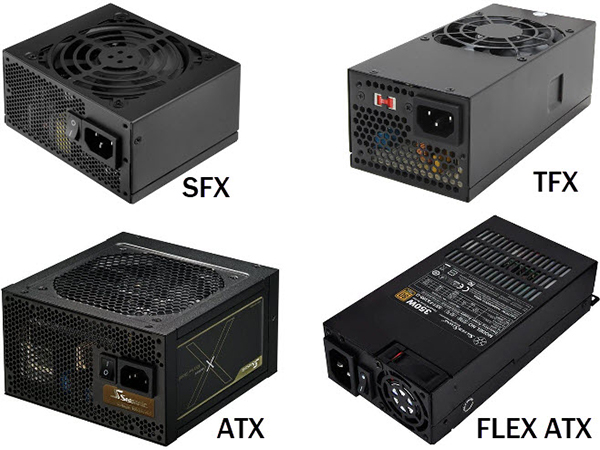
For general users, the power supply may not be the key affecting the result when choosing the case. Most people buy new power supply when upgrading their system. However, it may be important if you want to save money and don’t want to buy a new power supply.
The common power supply on the market can be classified into ATX, SFX, TFX and Flex. Each power supply spec has its own size. Normally, one case can only support one kind of power supply. Be sure to check the power supply the case supports before buying it.
Another important point is the cable length of the power supply. Most of the time, it is not really a problem, because the power supply manufacturer will preserve enough length for you. Whereas, when you choose a big case, the short cable will bother you when assembling the system. You’ll need additional budget for the adaptor cables which may be dangerous if you find unqualified ones. Remember to measure the distance from the power supply to your device and buy the suitable power supply if you plan to build a big PC system.
Number of drives
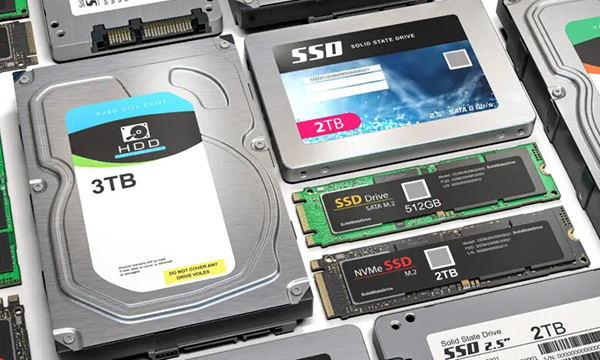
Last but least, the number of drives the case supports. Nowadays, as the capacity of hard drives increases rapidly, people can easily get hard drives with huge storage capacity with economic price. Some of the players has even start considering the slim M.2 SSD device. The need for numerous storage device is not as strong as in the past.
However, the case manufacturers still preserve the space for the mass storage device. Normally, the case will have at least 2+2 configuration, which mean two 3.5” HDD plus two 2.5” SSD. Be sure to notice the number of the device the case supports when you purchase it, especially for those who upgrade from the old system.


